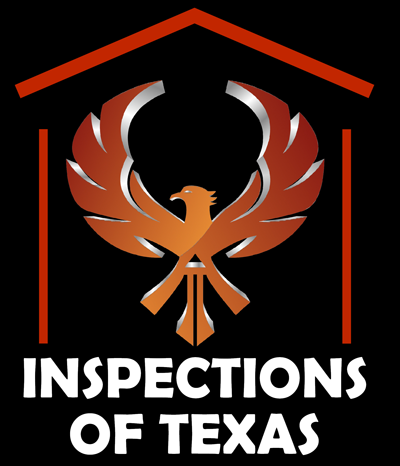From graceful curves to straight runs to tight winders, stairs are essential for second story homes. With approximately 12,000 deaths annually attributed to stairway falls, it is important for them to be safe.
The residential building codes for stairways are complicated. There are several types of stairs which have different rules. To further complicate matters, stairways are inspected during the pre-drywall inspection, but need to comply with rules based on the finished proportions. The following are some of the most important issues we see on a regular basis during inspections.
A Hand to Hold
Handrail and guardrail requirements differ. Handrails are needed on at least one side of a stairway with more than 4 steps. Handrails must be continuous and between 34 to 38” tall. The ends of the handrail must be secured to the wall or a newel post.
The guardrail is for an elevated surface above 30 inches high. The rail should be at least 36” above the walking surface. The balusters or spindles on the rail should be spaced no more than 4” apart so that a child’s head won’t get stuck.
Tread Lightly
The step height (also called riser) should not be more than 7-3/4” whether indoor or outdoor. Consistency is the key to safety, so there shouldn’t be more than a 3/8” variation between riser heights.
Stairways, landings, and hallways must be a minimum width of 36” to accommodate for safe passage so people don’t have to descend sideways. The stair tread must be a minimum of 10” and maximum with a nosing at 11-1/4” for consistency and safety. Even if a stairway turns, it shouldn’t be less than 6” on the inner curve of a tread to prevent a misstep and fall.
Light For Life
Interior stairways must be illuminated over the treads and landing. There must be a 3-way switch that can be lit at the top and bottom of the stairs so people see both ways. Outdoor stairs must be lit near the top landing or porch.
While the regulations are more complicated, these are the most common problems. These are also the most critical issues that contribute to injuries and death. Be aware of the importance of stairway issues to prevent accidents.

